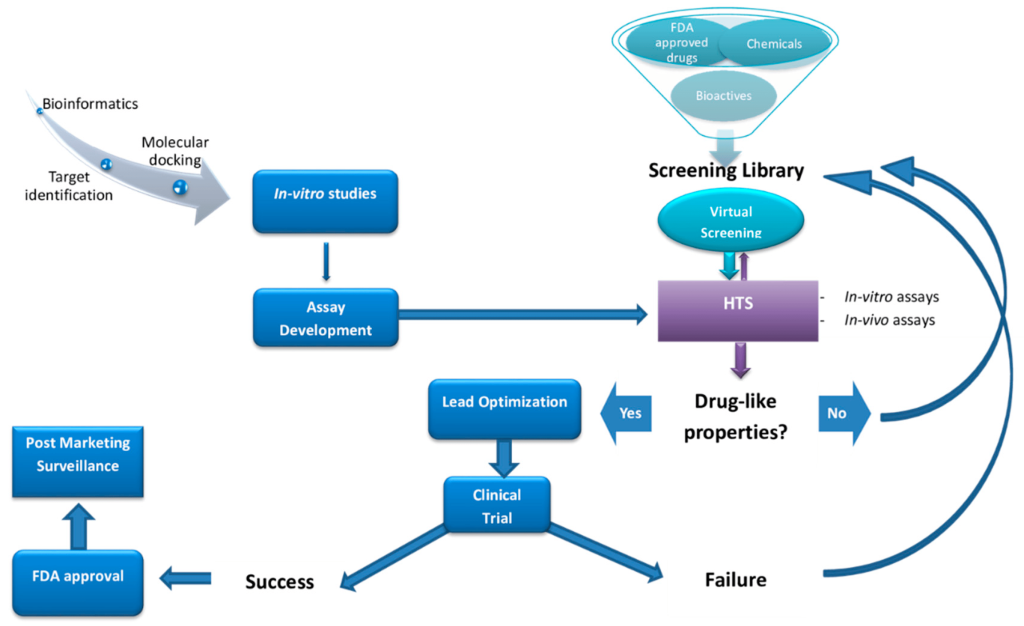Molecular Interactions: The Basis of Biological Complexity
Life, in its essence, hinges on the intricate interactions between four primary macromolecules: carbohydrates, lipids, proteins, and nucleic acids. Individually, these macromolecules cannot sustain life. It is their dynamic and continuous interactions, coupled with smaller organic and inorganic molecules, that generate the complexity required for life. This phenomenon, termed molecular recognition, involves biological macromolecules engaging in noncovalent interactions to form functional complexes.

Unlike a single physiological process, molecular recognition is integral to numerous biological functions, including cell signaling, genetic regulation, metabolism, and immunity. These functions rely on the precise interaction between macromolecules or between a macromolecule and a ligand. For instance, gene expression involves molecular recognition between inducing proteins and DNA, resulting in the production of mRNA. This is followed by recognition events between mRNA and ribosomes, leading to the synthesis of functional proteins.
Advancements in Molecular Recognition Models
The understanding of molecular recognition has evolved significantly over the past century. In 1894, Emil Fischer introduced the “lock and key” model, suggesting that ligands and proteins maintain a rigid, highly specific interaction. This model, however, proved too simplistic as our understanding of protein dynamics grew.

In 1958, Koshland proposed the “induced fit” model, which revolutionized the field by suggesting that proteins are not static but can undergo conformational changes upon ligand binding. This model accounted for phenomena like noncompetitive and allosteric inhibition, where proteins adapt their shape to accommodate different ligands.

More recently, the concept of conformational selection has been introduced. This model posits that proteins naturally exist in various conformations, with ligands showing different affinities for each conformation. Current understanding recognizes that induced fit and conformational selection occur in a complementary manner, providing a more comprehensive view of molecular interactions.
Molecular Recognition: A Cornerstone of Drug Discovery
The study of molecular recognition is pivotal in drug discovery. When a protein involved in a physiological process or disease is identified, it becomes a target for therapeutic intervention. Drug discovery efforts focus on identifying molecules that can interact with these target proteins to produce a therapeutic effect.
High-throughput screening (HTS) is a widely used technique to identify new molecules with potential biological activity. This automated process screens large libraries of ligands against a single protein to find those with the desired activity. Despite its efficiency, the sheer number of existing compounds makes HTS an expensive and resource-intensive initial screening method.

To overcome these limitations, computational methods have become essential. Structure-based virtual screening allows researchers to evaluate millions of compounds based on their affinity for the target protein. This method requires the three-dimensional structure of the target protein to perform interaction tests, known as molecular docking. Computational screening thus offers a cost-effective way to identify promising drug candidates from vast compound libraries.
The Future of Molecular Recognition
The continuous exploration of molecular recognition not only deepens our understanding of biological processes but also drives innovation in drug discovery. As models of molecular interaction become more sophisticated, they reveal the intricate and dynamic nature of macromolecular interactions. Integrating computational tools with experimental techniques holds great promise for identifying new therapeutic agents, ultimately advancing human health and well-being. The future of molecular recognition is bright, poised to unlock further secrets of life’s complex molecular dance.
Engr. Dex Marco Tiu Guibelondo, B.Sc. Pharm, R.Ph., B.Sc. CpE
Subscribe
to get our
LATEST NEWS
Related Posts

Molecular Biology & Biotechnology
Myosin’s Molecular Toggle: How Dimerization of the Globular Tail Domain Controls the Motor Function of Myo5a
Myo5a exists in either an inhibited, triangulated rest or an extended, motile activation, each conformation dictated by the interplay between the GTD and its surroundings.

Drug Discovery Biology
Unlocking GPCR Mysteries: How Surface Plasmon Resonance Fragment Screening Revolutionizes Drug Discovery for Membrane Proteins
Surface plasmon resonance has emerged as a cornerstone of fragment-based drug discovery, particularly for GPCRs.
Read More Articles
Designing Better Sugar Stoppers: Engineering Selective α-Glucosidase Inhibitors via Fragment-Based Dynamic Chemistry
One of the most pressing challenges in anti-diabetic therapy is reducing the unpleasant and often debilitating gastrointestinal side effects that accompany α-amylase inhibition.













